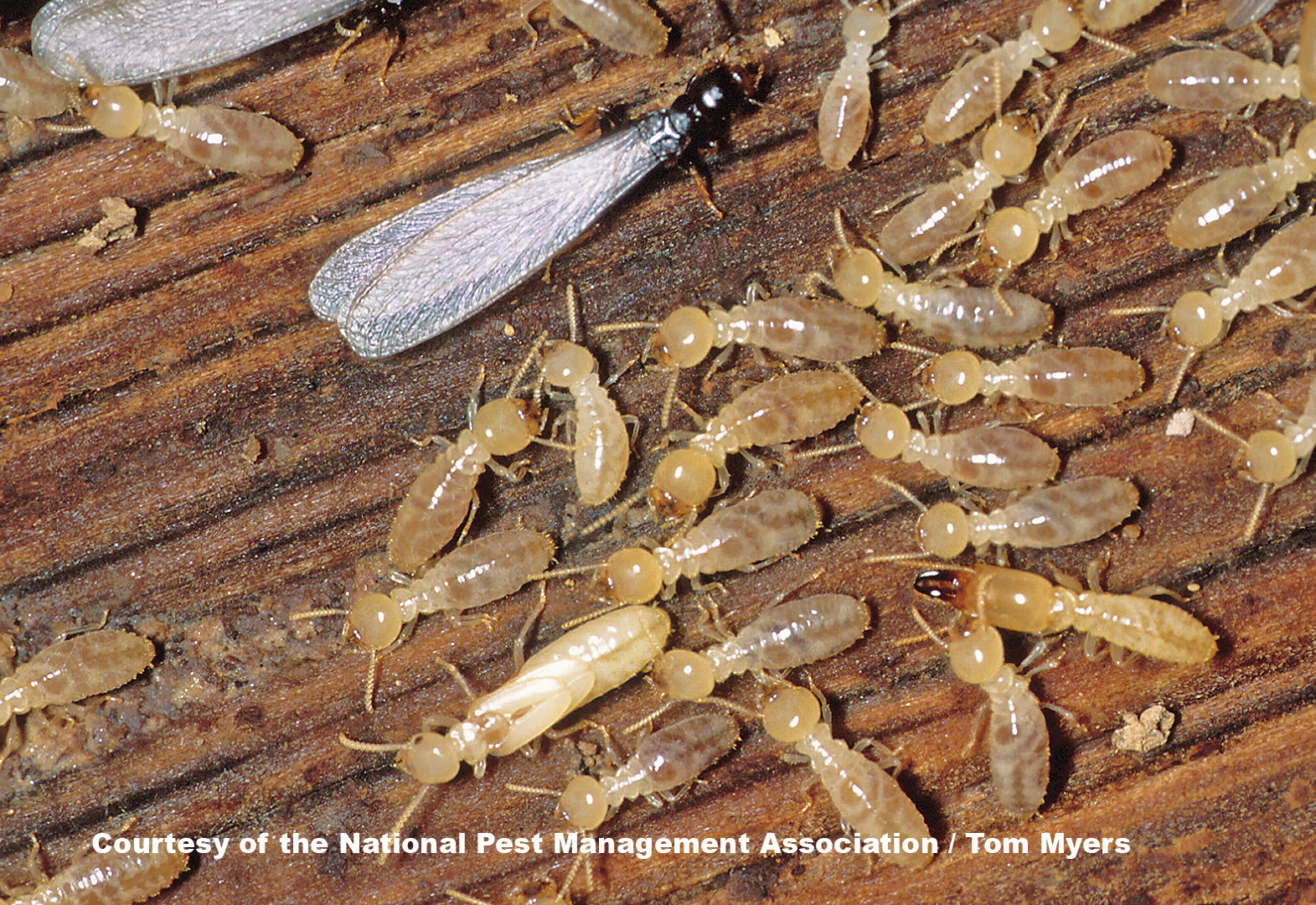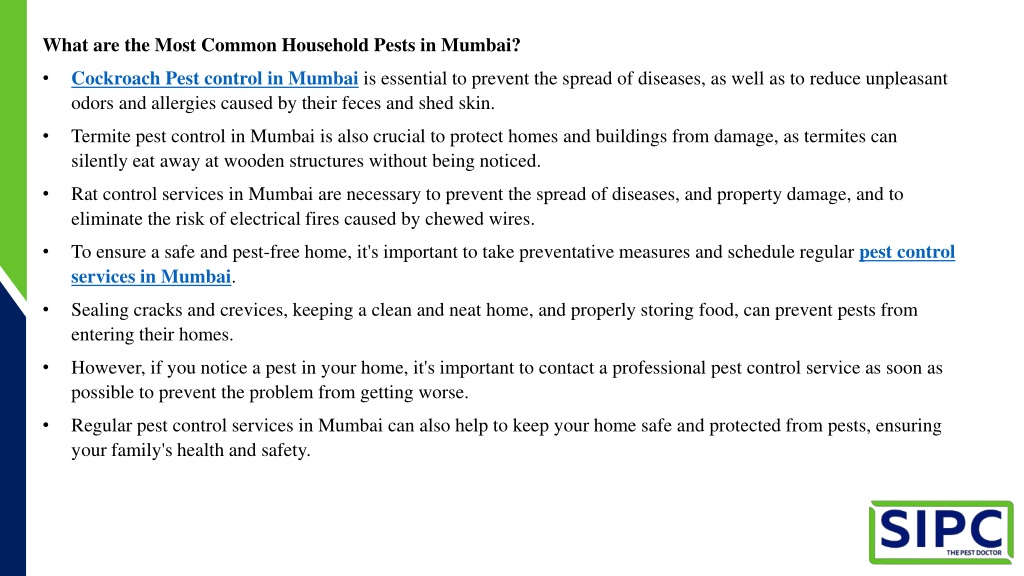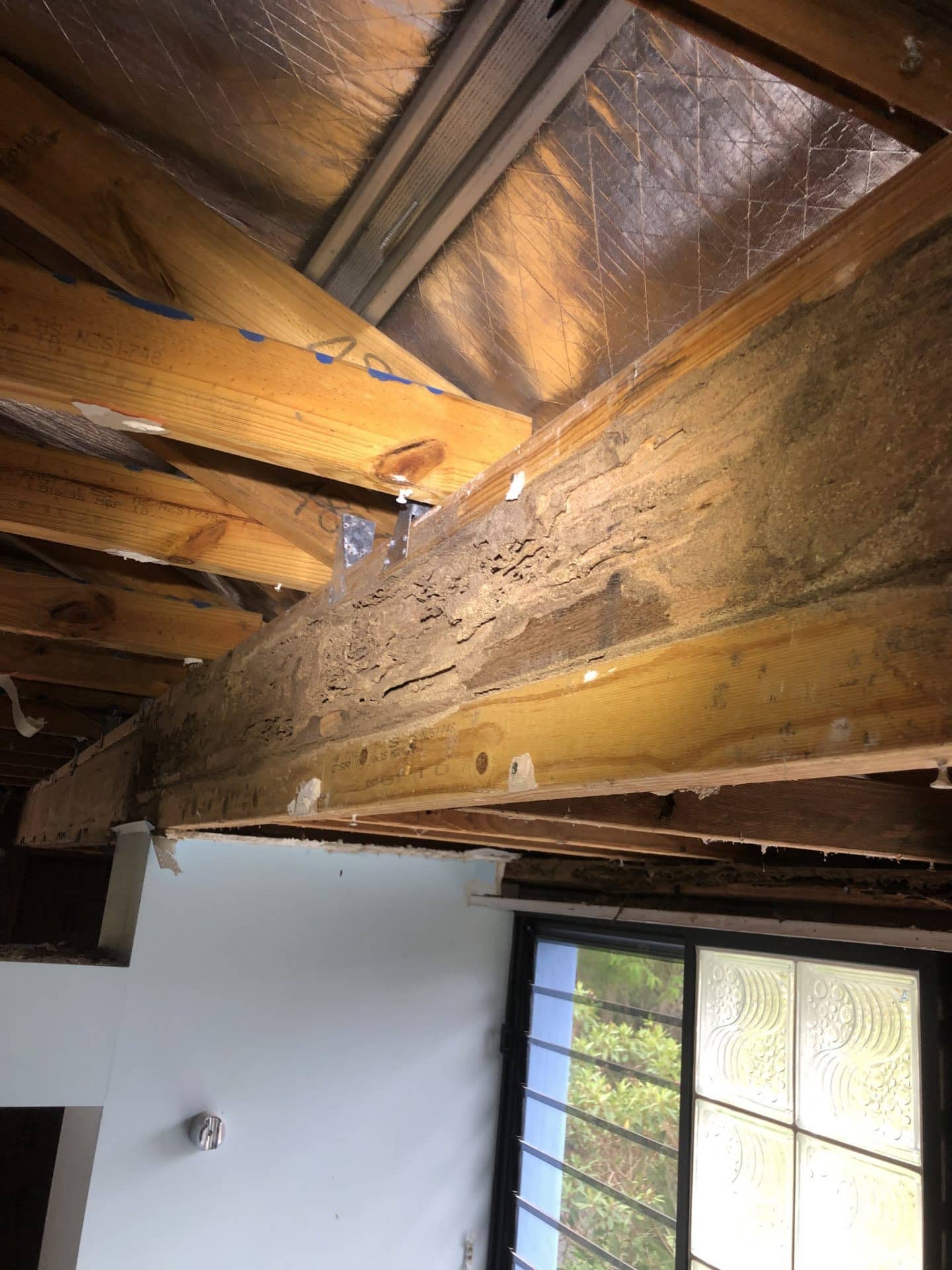

Once they find a suitable feeding site, the workers establish an invisible odor trail to attract and guide their nest mates to the building. Occasionally, however, foraging termites encounter wood or wood products (paper, cardboard, etc.) within buildings. In nature, the insects are beneficial since they aid in the decomposition of organic matter and the return of nutrients to the soil. Decaying tree roots, logs, stumps, woodpiles, and plant debris afford a ready and abundant supply of food for the colony.

Subterranean termites excavate narrow, meandering tunnels through soil, eventually encountering wood, their primary food. 1: Subterranean termites live underground in colonies.įig 2: Termites feed in multiple areas interconnected by underground tunnels. In residential settings, the termite colony or colonies responsible for inflicting damage may actually be located in a neighbor's yard, rather than around or beneath the house that is infested.įig. In some cases, larger but fewer colonies may be present in others, individual colonies may be smaller and more numerous. Smaller colonies may contain fewer individuals, with a foraging footprint no bigger than a bedroom.

Termite colonies can be quite large, consisting of hundreds of thousands to millions of individuals occupying areas of up to half an acre. The colonies are decentralized entities occupying multiple nesting and feeding sites, interconnected by underground tunnels.

Subterranean termites, the variety common to Kentucky and most other states, live below ground in cooperative, intermingling colonies. This publication will help consumers understand the various approaches, in order to make a more informed purchasing decision for pest management of termites. Termite control has evolved significantly in recent years, and many pest control firms are utilizing baits for treatment, versus traditional insecticide sprays. Termites might be a well-known pest, but not many people understand them, let alone the most current techniques to manage them. University of Kentucky College of Agriculture ENTFACT-639: Termite Baits - A Guide for Homeowners | Download PDF by Michael F.


 0 kommentar(er)
0 kommentar(er)
